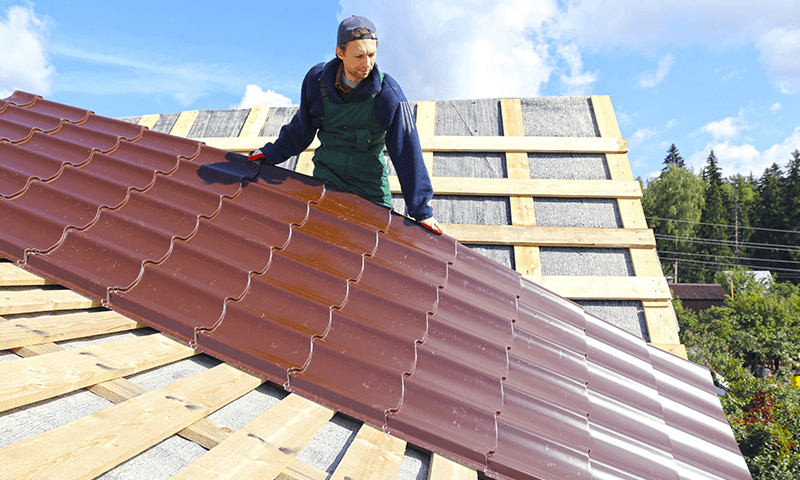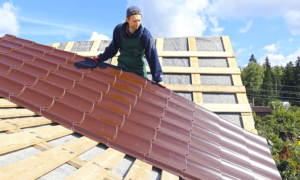Laser hair removal is a safe, effective, and minimally invasive way to get rid of unwanted body hair. The heat from the laser destroys hair follicles, preventing new growth.
Unlike waxing, shaving, or plucking, laser hair removal works on all skin colors and tones. It can be used to treat dark, thick, and coarse hair. Visit https://www.liveawakewaxstudio.com/laser-hair-removal to learn more.
Laser hair removal is a non-invasive cosmetic treatment that uses a concentrated beam of light (laser) to remove unwanted hair. The laser selectively targets the pigment (melanin) in your hair while avoiding damage to your skin.
Your body’s hair growth is determined by your genes, hormone levels, and other factors. During a laser hair removal treatment, a highly concentrated laser beam will pulsate into your follicles and generate heat that inhibits or delays the growth of new hair.
You may need a series of treatments to achieve permanent hair reduction. The number of treatments you need will depend on the area being treated and how quickly your hair grows in that area.
One of the top five nonsurgical cosmetic treatments in the States, laser hair removal uses concentrated light to prevent and/or delay hair growth. It can be used to remove unwanted hair from the face, legs, arms, underarms, chin, and bikini area.
During the procedure, a doctor or technician beams a laser pulse into your skin. The laser may feel like a warm pinprick or a rubber band snapping against your skin.
The laser beams destroy the pigment in the hair follicles, which discourages hair growth and results in permanent hair removal. The precision of lasers ensures that only the dark hair follicle is damaged and not the surrounding skin.
Laser hair removal is a safe, effective way to remove unwanted hair. However, it can take several treatments to achieve results that last.
Lasers work by vaporizing the hair follicle at its root. This prevents regrowth.
Unlike other methods of removing hair, such as shaving or waxing, laser treatments can be done on the face and body.
How long it takes depends on the size of the area being treated and the thickness of the hair. Treatments for the upper lip or chin may only take ten minutes, while larger areas like your back or legs can take an hour.
The number of treatments required to get the desired result will depend on your hair growth cycle and skin color. Typically, you will need between four and six sessions to obtain permanent results.
If you’re tired of constantly shaving or waxing, laser hair removal can be a cost-effective way to get smooth skin that doesn’t require constant maintenance. But there are some things to keep in mind when deciding on the best at-home device for you:
For starters, consider how many treatments you want to undergo and whether or not the device has safety features, like an automatic shutoff feature. Also, be sure to read the instructions carefully and follow the manufacturer’s recommendations for proper use.
Laser hair removal is a safe, noninvasive treatment that can help you achieve long-lasting results. However, the procedure isn’t for everyone.
Some people may experience a few common side effects, such as skin redness or irritation. These usually disappear within an hour of the treatment, but you should speak with your practitioner about any discomfort or other issues that you’re experiencing.
Using unsuitable lasers can also cause darkening of the skin, which is more likely to happen with darker skin types.
Another potential complication is burns. This is more likely if the laser is used on very dark skin or by an untrained practitioner, and it can result in scarring or blisters.



